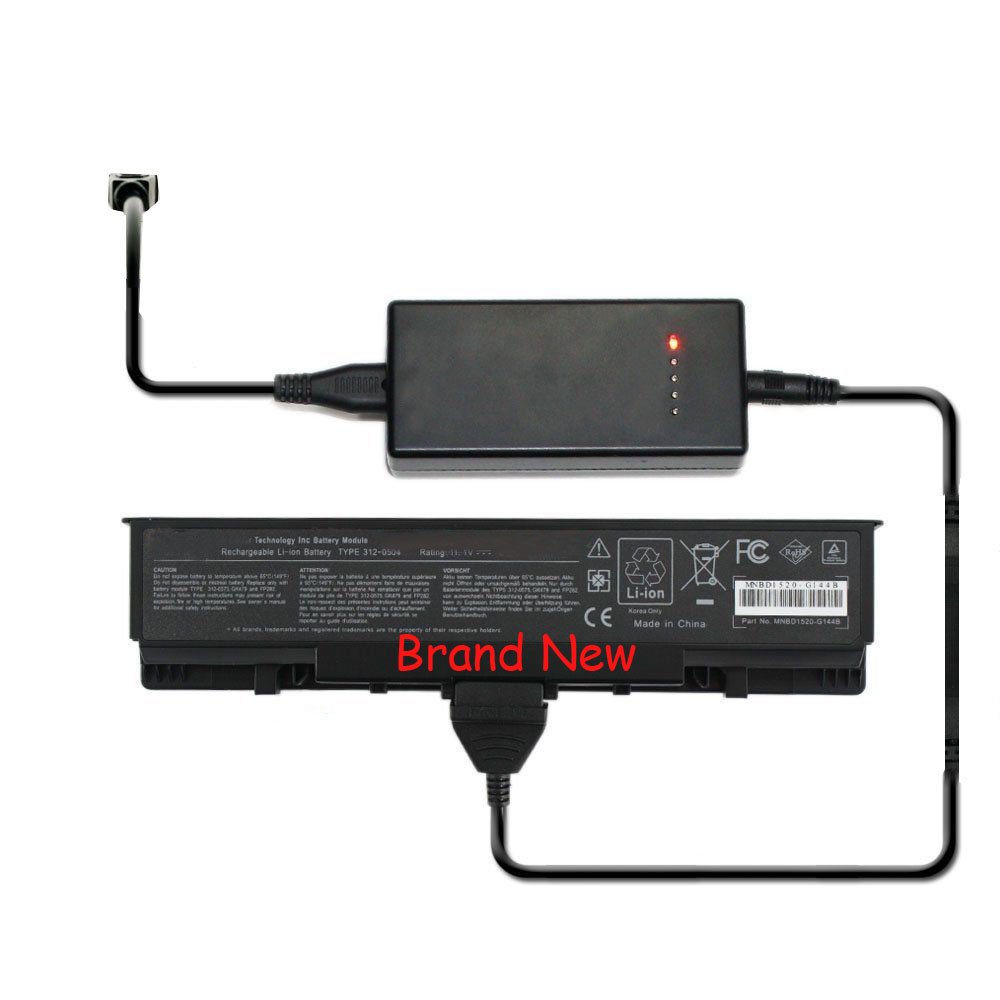

VersionĪ battery driver's INF file specifies the Battery class and its GUID, using the INF Version section, as shown in the following example: ĬlassGuid= For more information about creating and distributing INF files and installing drivers, see Creating an INF File and INF File Sections and Directives.Ī battery driver's INF file includes the sections described below. This section describes battery-specific entries in the INF file. All battery devices are members of the Battery class and the battery class installer installs the driver.
DO I NEED ASUS BATTERY HEALTH CHARGING HOW TO
If you have a laptop that doesn’t have an easy way to access the battery, simply Google the brand and model number and check the specs.īonus tip: This post explains how to save battery life by hibernating your laptop instead of putting it to sleep.A battery driver's INF file specifies information about the driver and the devices it controls.

To find out which type of battery your laptop uses, simply remove it from the laptop and take a look at the label. Lithium-ion batteries on the other hand will hold their charge for months with only a very slight drop in charge level.īottom line: If your laptop uses a lithium-ion battery you don’t need to let it discharge all the way before you recharge it. The older batteries begin losing their charge immediately after being topped off, even if the laptop is turned off and not being used. In fact, lithium-ions will last longer if you never allow them to fully discharge.Īnother advantage of lithium-ion batteries over the others is how they hold their charge when the battery isn’t in use. The vast majority of laptops on the market today use lithium-ion (Li-Ion) batteries which work much better and last longer than their NiCad and NiMH predecessors.Īs with NiMH batteries, Li-Ion batteries aren’t susceptible to the memory effect which means you can recharge them at any time. The main problem with NiMH batteries was their comparatively short useful life. Those batteries generally were an improvement over NiCads, primarily because they weren’t as susceptible to the memory effect. The next generation of laptops used Nickel-Metal-Hydride (NiMH) batteries. Luckily, there are very few NiCad batteries still powering laptops these days, so for most people this won’t be an issue. Therefore, if you still have a laptop that uses a nickel-cadmium battery you should let it discharge completely before allowing it to recharge. This memory effect lowered the useful life of a charge dramatically, requiring the purchase of a new battery long before it should have reached the end of its useful life. If NiCads weren’t allowed to discharge all the way before being recharged they would eventually “remember” the level of charge they fell to before recharging and act as if they were completely drained every time their charge decreased to that level.

My answer? Well, it depends on the type of battery that it uses.Įarly laptops used nickel-cadmium (NiCad) batteries which were subject to a “memory effect”. I’m often asked whether laptop batteries need to be drained completely before recharging them.
DO I NEED ASUS BATTERY HEALTH CHARGING FREE
Like my tips? Click here to sign up for my free Daily Tech Tips Newsletter and you’ll never miss one!


 0 kommentar(er)
0 kommentar(er)
